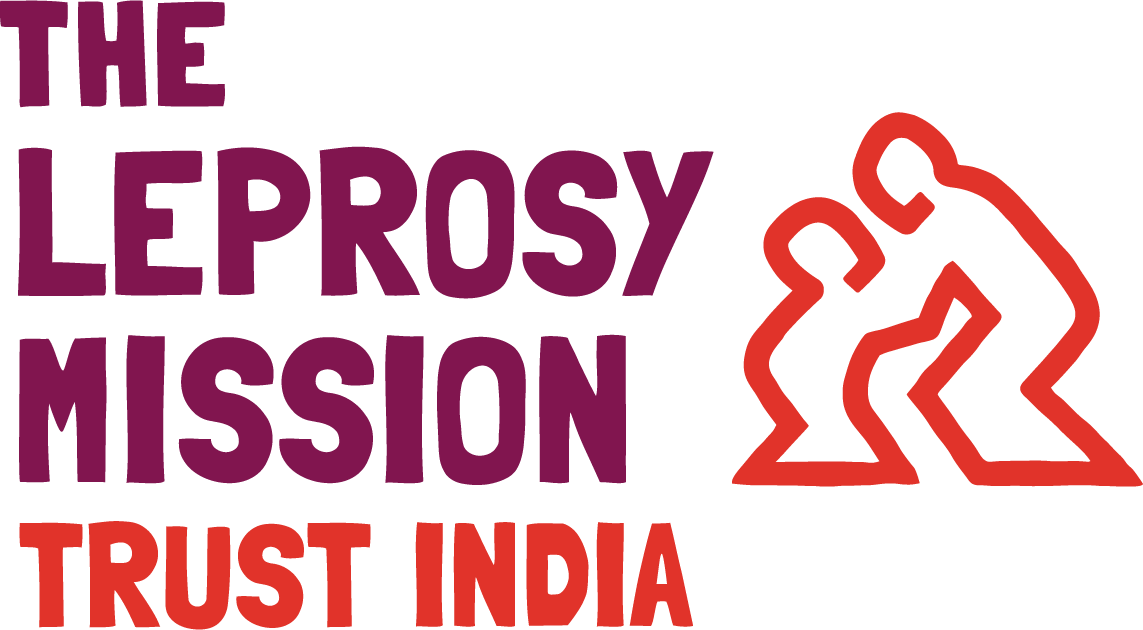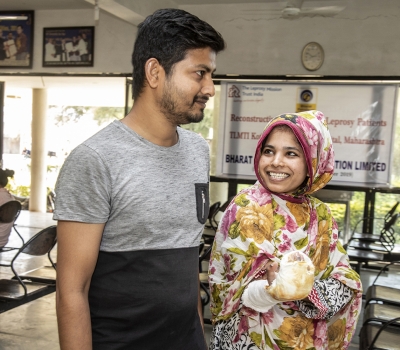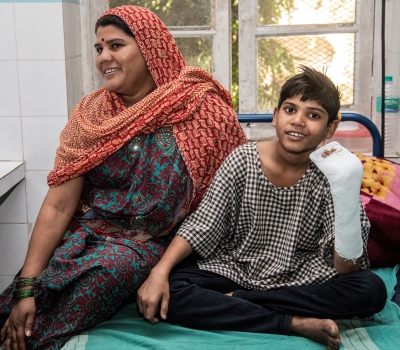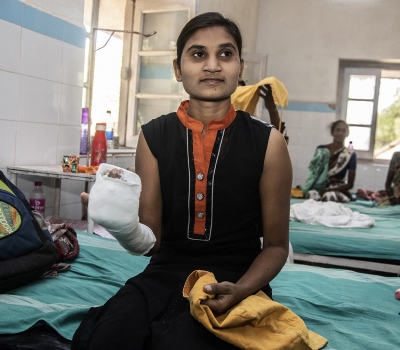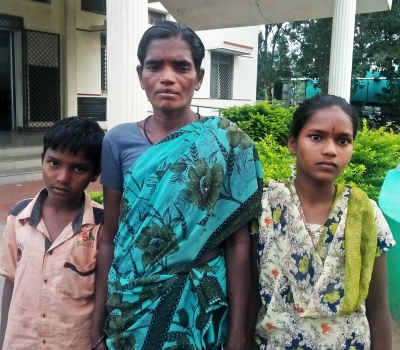Sandra Vischer, the American writer once said, “The woman who is my best friend, my teacher, my everything: Mom.”
Seema also would say the same thing about her mother. Seema belongs to a shepherd community in Amravati district of Maharashtra. Amravati is endowed with grasslands and meadows, a veritable haven for grazing. Even as a child, Seema used to accompany her mother when she took their cattle for grazing. In the warm afternoons, they used to lie down under the lush canopy of ancient trees near the edge of the forest while her mother sang lullabies, the ambience of which she cherishes even now.
